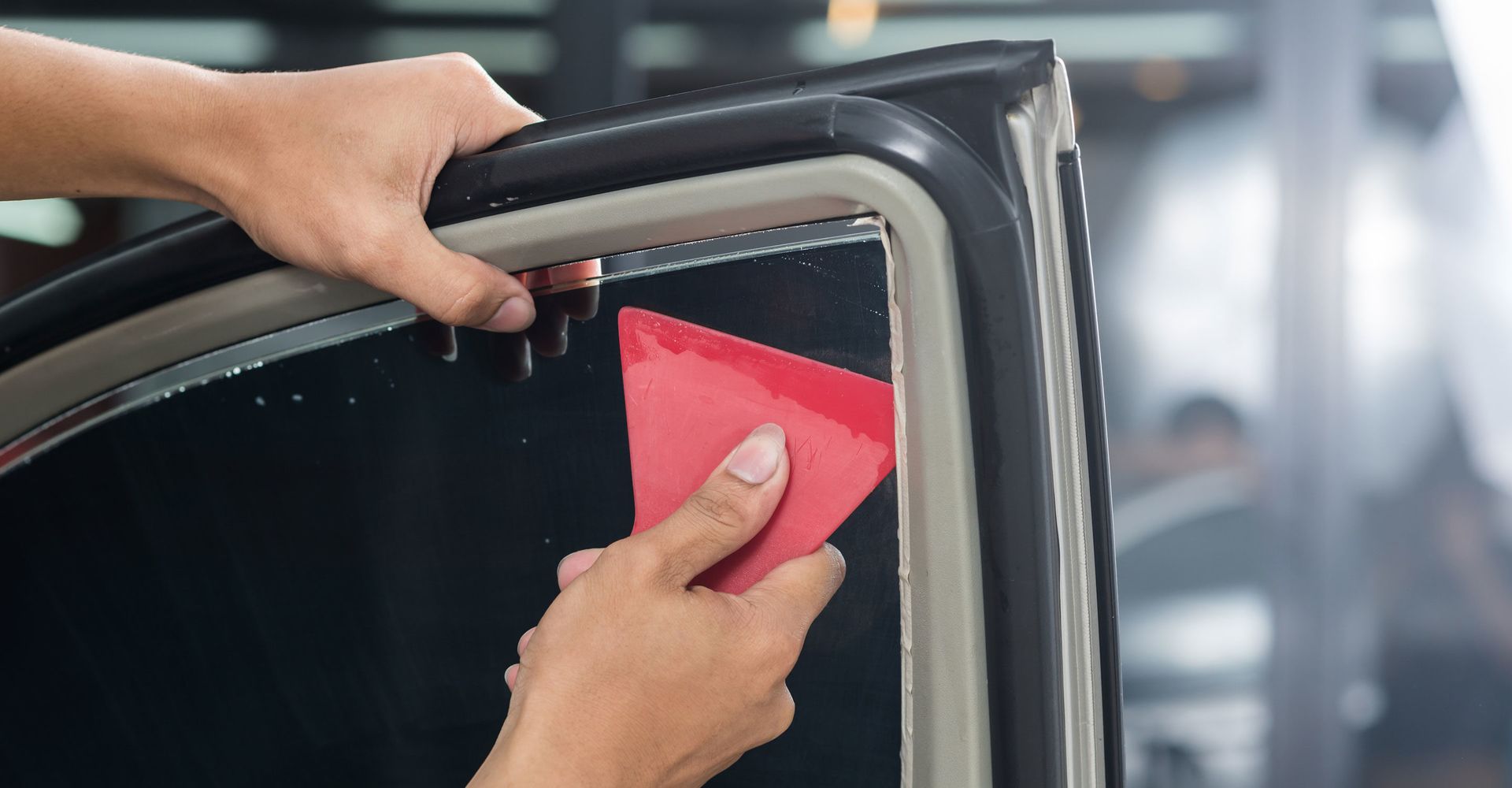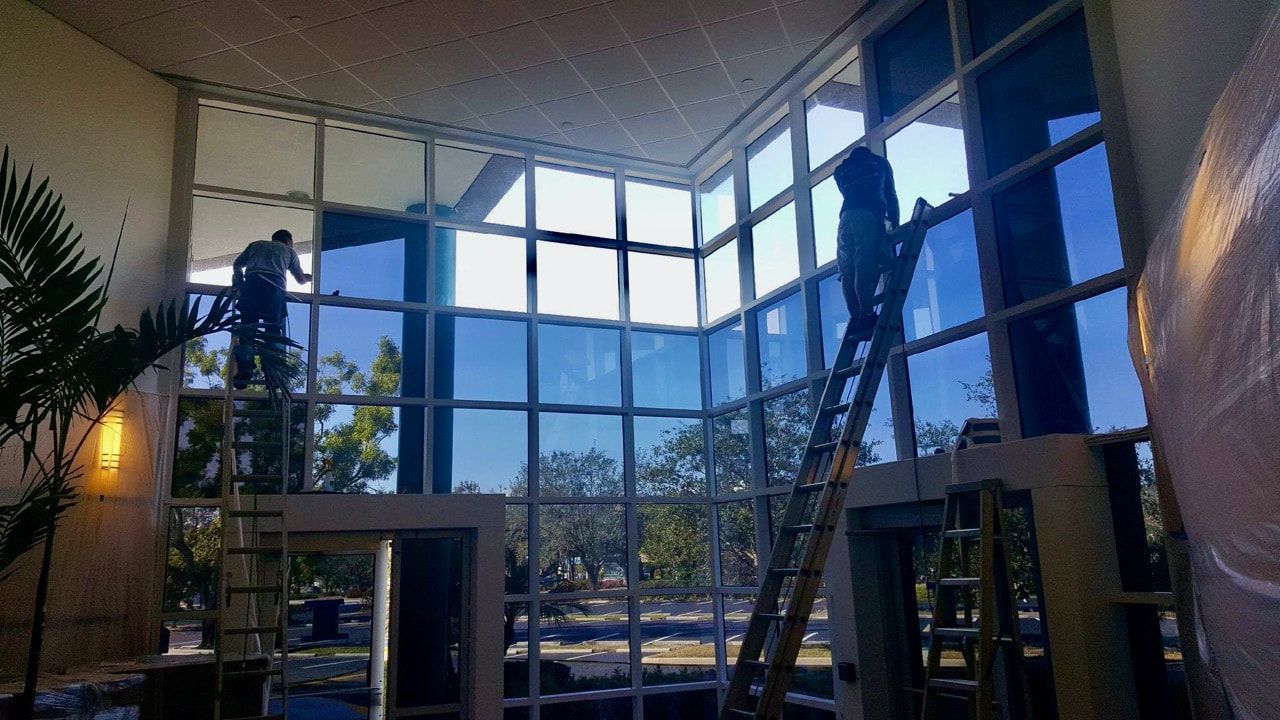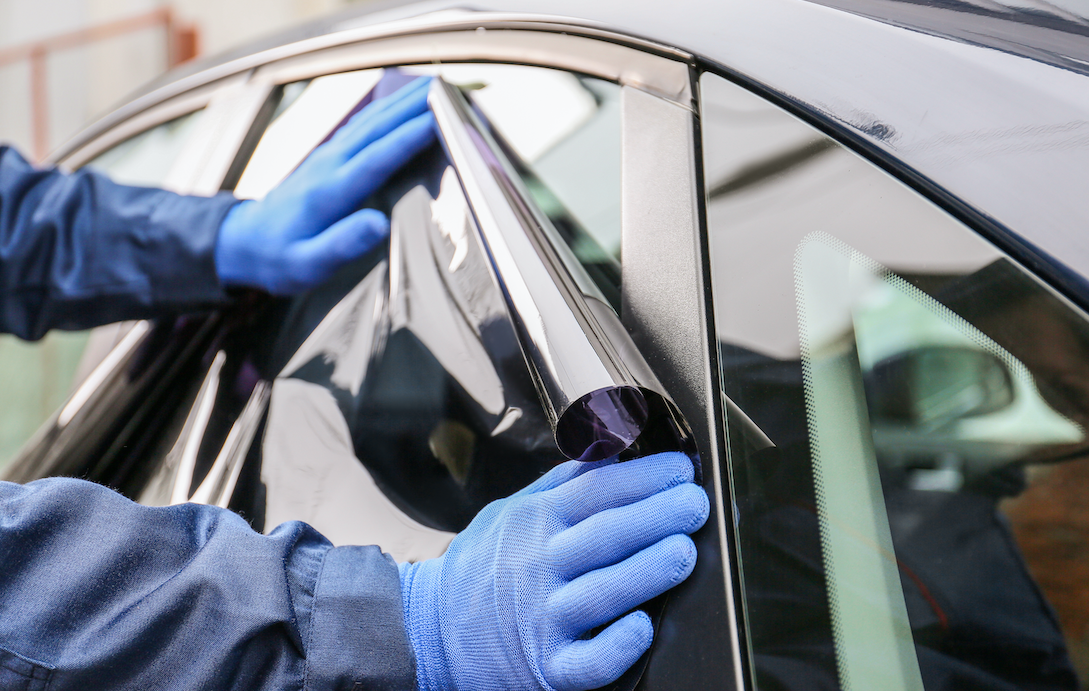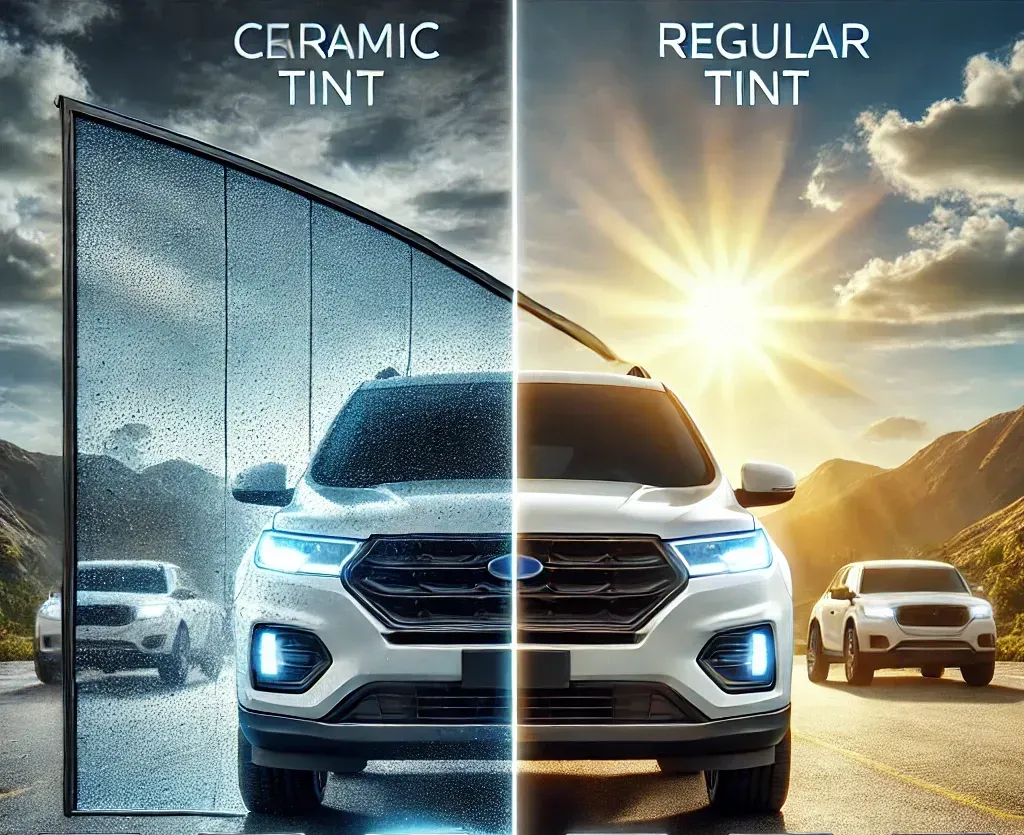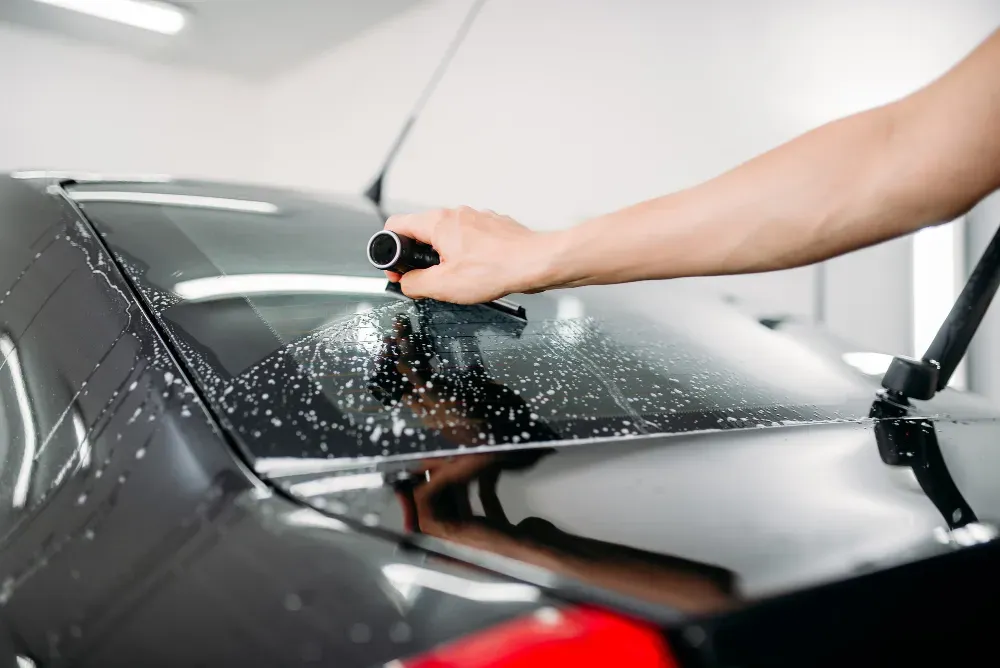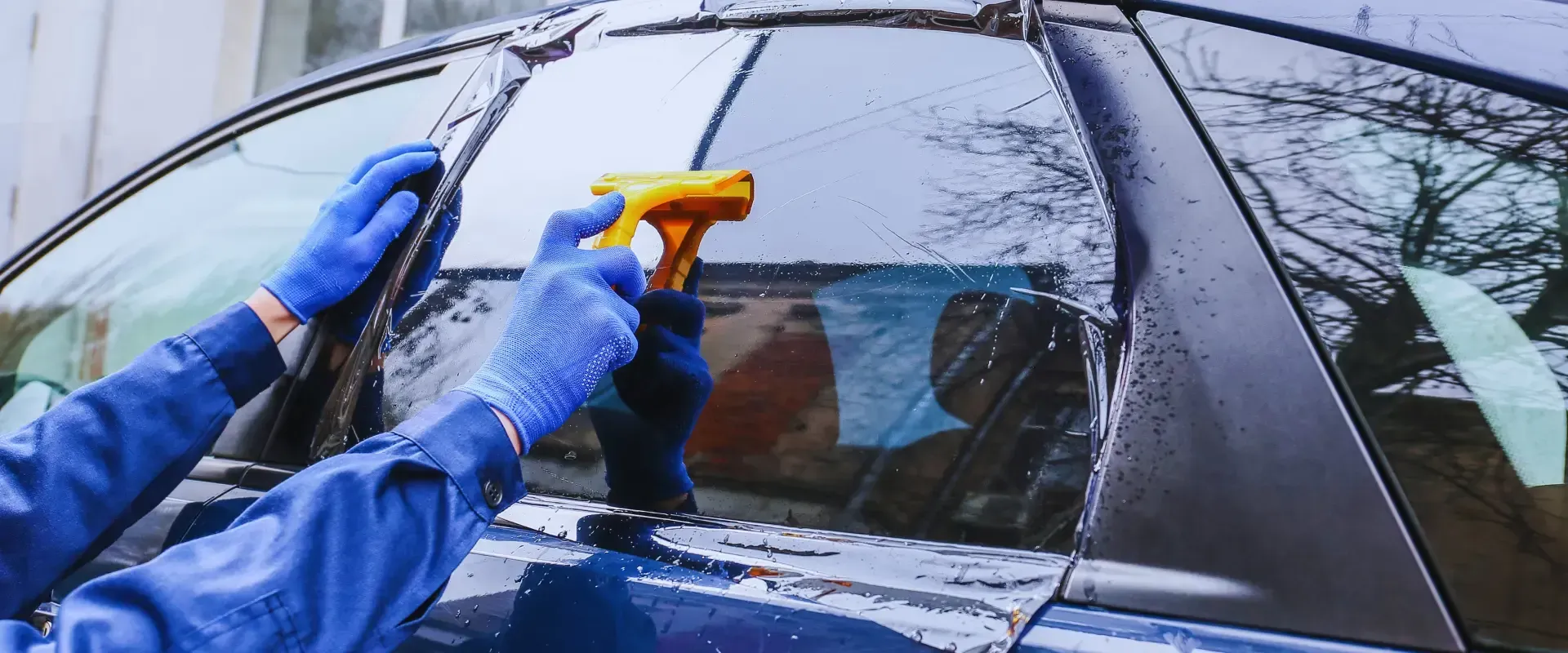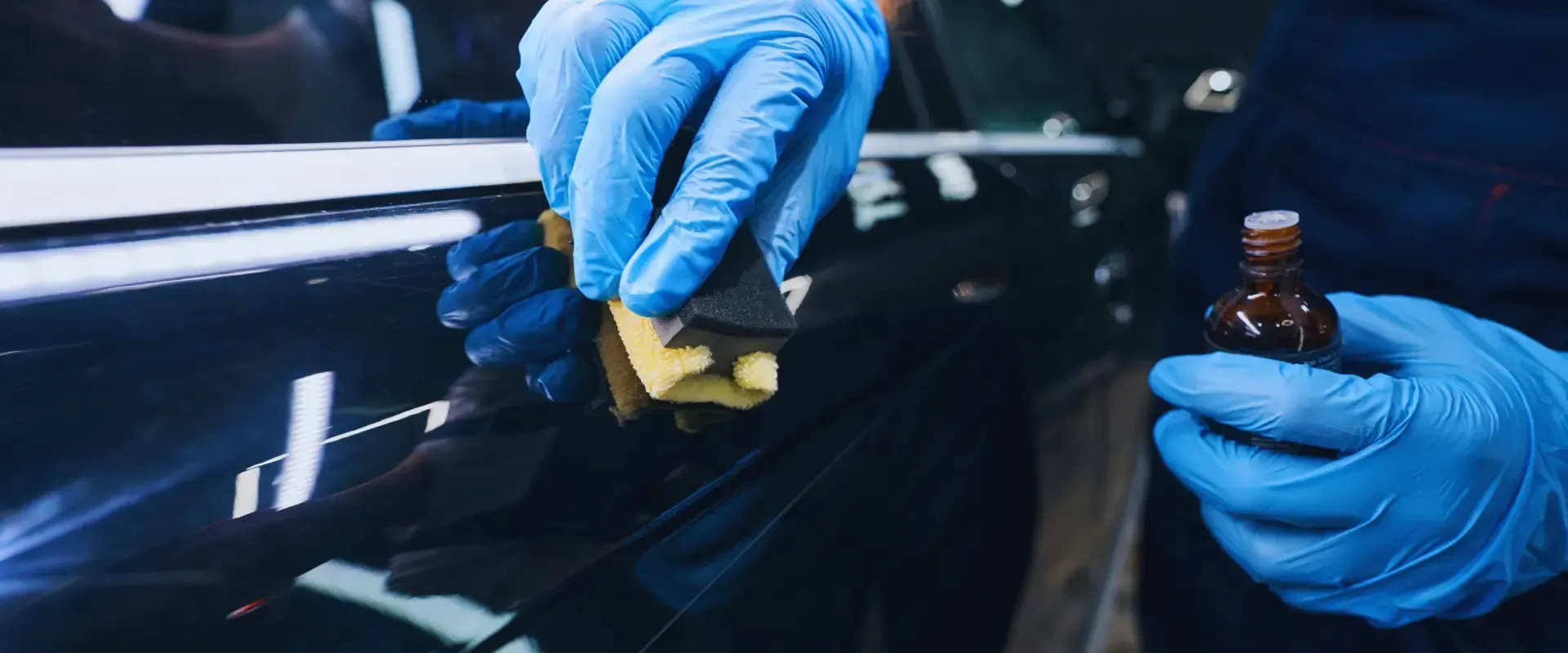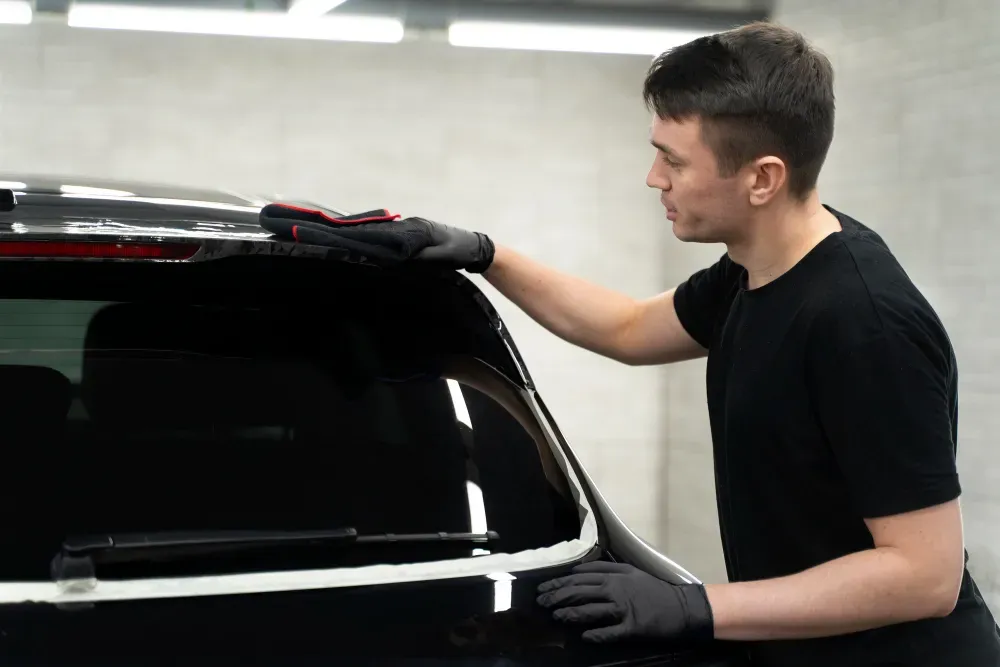The Terminology to Know When Considering Window Film: Your Ultimate Window Tinting Glossary
Introduction: Demystifying Window Film Lingo
Have you ever found yourself scratching your head while talking to a window tinting professional? I sure have! It felt like they were speaking a foreign language, throwing around terms like "VLT," "SHGC," and "Low-E." That's when I realized the importance of understanding window film terminology. In this comprehensive guide, I'll walk you through everything you need to know about window tinting terms, making you feel confident and informed when considering window film for your Cudahy, CA home.
A Personal Encounter with Window Tinting Jargon
Picture this: I'm standing in my sun-drenched living room, squinting at the glare on my TV screen, when I decide it's time to explore window tinting options. I call up a local expert, and within minutes, I'm lost in a sea of technical terms. That's when I knew I had to dive deep into the world of window film terminology. Now, I'm here to share that knowledge with you, so you don't find yourself in the same boat!

Understanding the Basics of Window Film
What is Window Film?
Window film is a thin, multi-layered material applied to glass surfaces to enhance their performance and appearance. It's like a superhero cape for your windows, offering a range of benefits from sun protection to energy efficiency.
Why Consider Window Tinting?
Energy Efficiency Benefits
One of the primary reasons homeowners in Cudahy, CA, consider window tinting is for its energy-saving potential. By reducing heat gain in summer and heat loss in winter, window films can help lower your energy bills and make your home more comfortable year-round.
UV Protection Advantages
Did you know that harmful UV rays can penetrate regular windows? Window films act as a sunscreen for your home, blocking up to 99% of UV radiation. This not only protects your skin but also prevents fading of furniture, flooring, and artwork.
Privacy and Security Enhancements
Some window films can provide added privacy without sacrificing natural light. They can also reinforce your windows, making them more resistant to break-ins and severe weather events.
Types of Window Film: A Comprehensive Guide
Solar Control Films
These films are designed to reduce heat and glare from the sun. They're perfect for those hot Cudahy summers when you want to keep your home cool without cranking up the AC.
Security and Safety Films
Worried about break-ins or severe weather? Security films strengthen your windows, making them harder to shatter and holding broken glass in place if they do break.
Decorative and Privacy Films
From frosted designs to colorful patterns, these films add style to your windows while also providing privacy. They're great for bathrooms, street-facing windows, or creating partitions in open spaces.
Low-E (Low-Emissivity) Films
These high-tech films help regulate your home's temperature by reflecting heat back into the room during winter and keeping it out during summer.
Key Window Tinting Terms Explained
Visible Light Transmission (VLT)
VLT refers to the amount of visible light that passes through the film and glass. A higher VLT means more natural light enters your home, while a lower VLT provides more shade and privacy.
Solar Heat Gain Coefficient (SHGC)
SHGC measures how well a window film blocks heat from the sun. A lower SHGC means less solar heat enters your home, which is ideal for warm climates like Cudahy.
Ultraviolet (UV) Rejection
This term indicates the percentage of UV rays blocked by the film. Look for films with high UV rejection to protect your skin and belongings from sun damage.
Infrared (IR) Rejection
IR rejection refers to the film's ability to block heat-causing infrared rays. Higher IR rejection means a cooler interior during hot days.
Installation-Related Terminology
Wet Installation vs. Dry Installation
Wet installation involves using a soap solution to apply the film, while dry installation uses static electricity. Most residential window films are installed using the wet method.
Shrinking and Trimming
These terms refer to the process of fitting the film to your window. Shrinking involves using heat to shape the film, while trimming ensures a perfect fit around the edges.
Common Window Film Materials
Polyester-Based Films
The most common type of window film, polyester-based films are durable and versatile. They can be clear or tinted and offer various levels of performance.
Ceramic Films
These high-end films use non-conductive ceramic particles to reject solar heat without blocking light. They're known for their clarity and performance.
Metallic Films
Containing tiny metal particles, these films are excellent at blocking heat and UV rays. However, they can interfere with cell phone signals and have a more reflective appearance.
Window Film Performance Metrics
U-Value
U-value measures how well a window prevents heat from escaping. Lower U-values indicate better insulation properties.
R-Value
The inverse of U-value, R-value measures thermal resistance. A higher R-value means better insulation.
Shading Coefficient
This metric compares the solar heat gain of a window with film to that of clear glass. A lower shading coefficient means less solar heat gain.
Addressing Common Concerns: Bubbling, Peeling, and Warranties
Understanding Film Adhesion
Proper installation is key to preventing bubbling and peeling. Quality films use advanced adhesives that, when applied correctly, should not bubble or peel under normal conditions.
Warranty Terms to Know
Look for terms like "lifetime residential warranty" or "15-year commercial warranty." Make sure you understand what's covered and for how long.
Choosing the Right Window Film for Your Cudahy, CA Home
Climate Considerations
Cudahy's warm climate means you'll want to prioritize films with good heat rejection properties. Look for low SHGC values and high IR rejection.
Architectural Factors
Consider your home's design, window sizes, and orientations. South and west-facing windows might benefit from darker tints or higher-performance films.
DIY vs. Professional Installation: What You Need to Know
Tools and Techniques
While DIY kits are available, professional installation ensures the best results. Pros have specialized tools and techniques to achieve a bubble-free, perfectly trimmed application.
When to Call the Experts
For large windows, multiple rooms, or high-performance films, it's best to call in the professionals. Contact us for expert installation in Cudahy, CA.
Maintenance and Care for Window Films
Cleaning Best Practices
Wait 30 days after installation before cleaning. Use a soft cloth and mild, non-abrasive cleaners. Avoid ammonia-based products and abrasive tools.
Signs It's Time for Replacement
Look out for discoloration, bubbling, or peeling. Most quality films last 10-20 years, but extreme conditions can shorten their lifespan.
The Future of Window Film Technology
Smart Films and Switchable Glazing
Emerging technologies include films that can change from clear to opaque at the touch of a button, and even generate electricity. The future of window films is bright!
Conclusion: Empowering Your Window Film Decision
Armed with this window film glossary, you're now ready to make an informed decision about window tinting for your Cudahy home. Remember, the right film can enhance your comfort, save energy, and protect your interiors. Whether you're looking to beat the heat, increase privacy, or boost your home's security, there's a window film solution for you.
Don't hesitate to reach out to us with any questions or to schedule a consultation. We're here to help you navigate the world of window films and find the perfect solution for your home.
Frequently Asked Questions (FAQ)
- What's the difference between window film and window tint? While often used interchangeably, "window film" typically refers to the product itself, while "window tint" often describes the process of applying the film or the resulting darkened appearance.
- Will window film make my windows look dark or reflective? Not necessarily. There are many types of films, including nearly clear options that offer heat and UV rejection without significantly altering your windows' appearance.
- How long does window film last? Quality window films can last 10-20 years with proper care. Some even come with lifetime warranties for residential applications.
- Can window film be removed if I change my mind? Yes, professional-grade window films can be removed, although it's best done by experts to avoid damaging the glass.
- Will window film prevent fading of my furniture and flooring? While no solution can prevent fading entirely, high-quality window films can significantly slow down the process by blocking up to 99% of UV rays.
Remember, when you're ready to explore window film options for your Cudahy home, our team at Tint Integrity is here to help. We offer a wide range of window tinting services and can guide you through the selection and installation process. Don't let window film terminology intimidate you – with this guide and our expertise, you're well on your way to making the best choice for your home!
